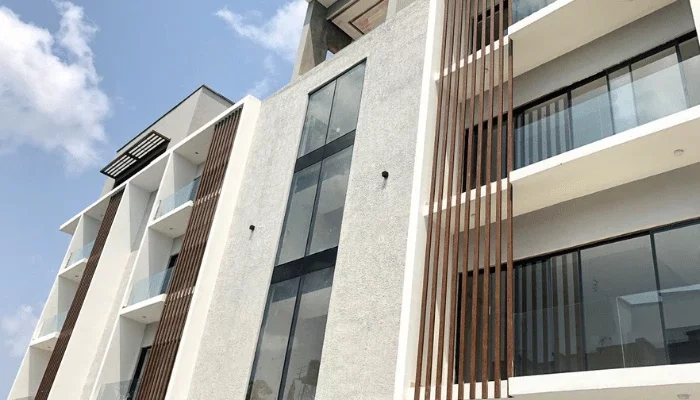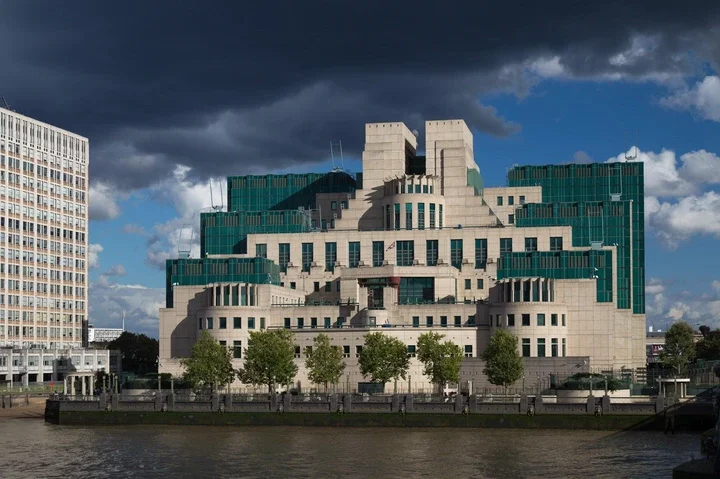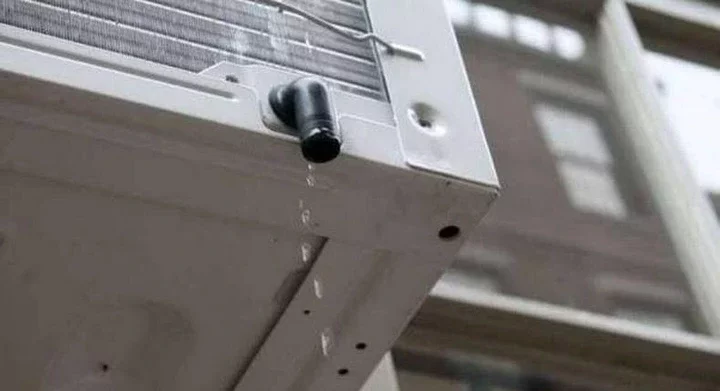
Gradually but steadily, balconies are disappearing from modern residential buildings in Nigerian cities. Though some builders and city developers who spoke to BusinessDay on this trend say it signifies the future of architecture and the disruptive impact of technology, others reason differently.
Balconies are elevated platforms attached to the side of a building, sometimes fully or partially covered to give the occupants protection from the weather while they enjoy the outdoor space.
While they reigned, balconies had many purposes such as creating an open space that allowed the occupants to enjoy scenic views and relax. They were also part of considerations for aesthetics.
But, not anymore with many residential buildings. In Lagos, for instances, where balconies used to be large-size in private buildings, they are fast thinning out and the state government seems to be fueling this trend as majority of buildings in its LagosHOMS estates have no balconies.
According to the builders, reasons for disappearing balconies are as many as they are varied, ranging from security concerns to construction cost, aesthetic designs, changing lifestyle and other personal considerations by homeowners.
"Overtime, Nigerians have become fearful people and this is reflected in modern architecture. So, homes and commercial premises are designed to keep out intruders first and foremost instead of being for comfort and ease of use. Balconies are seen as points of vulnerability," Olufemi Babalola, CEO, Gravitas Investments- developers of Gracefield Island, explained.
Babalola recalled that with the prevalence of armed robbery in the late 80's and through the '90s as well as stories of armed robbers gaining access through the balcony, Nigerians started putting iron bars on them. He added that it was for the same reason that windows got smaller and burglar-proofs are now installed on toilet small windows even at third floor of buildings.
Igbuan Okaisabor, CEO, Construction Kaiser Limited, agrees, adding that cost is another reason for disappearing balconies as, according to him, "every balcony needs a door and extra space; so it brings additional cost. Aesthetics is another reason. Modern buildings are sleek and straight, so balconies don't fit. Again, with modernization, people now like shared communal spaces, rather than private."
For David Mbah, CEO/Co-founder, MDS Properties, balconies are disappearing due to lack of use in some buildings, especially those buildings that are nestled in commercial areas or along the road.
"Over time, people seldom use balconies. Residential buildings are now built in commercial areas and so residents who feel disturbed by noise from vehicles and commercial activities rarely use their balconies. This lack of use is making developers use such spaces for some other functions inside," Mbah explained.
Though he sees some benefits of balconies as spaces designed to allow occupants to enjoy outdoor experience, Damola Akindolire, Principal Partner, C23 Consulting Limited, reasons that these spaces come at a cost which builders are trying to avoid as building materials are now very expensive.
"Developers are trying to maximize space and this trend could also be for changing lifestyle as people are more comfortable indoors and, due to lack of proper space planning, people have converted balconies to stores, which is why developers see them as a dead spaces that can be better utilized," he said.
Olubisi Shaola, a property lawyer/developer and CEO, FinnGrey Projects, differs from popular views, insisting that balconies are not disappearing as they remain integral parts of most exquisite structures.
What is happening however, according to him, is that "the style and dynamics of today's buildings are rapidly evolving from the quiet and conservative mode to modern and contemporary style."
"This is what has led to variation in the way balconies used to be constructed in time past. The influx of private property developers into the real estate space has encouraged this disruption as majority of them would rather invest in projects that give the best value viz a viz returns," he added.
Shaola noted that with the acceptance of the new balcony styles by buyers, no developer wants to invest in any other type of design except the newest type, adding that balconies in old and new buildings differ significantly in size and length by as much as three metres.
"Yes, you will see some buildings that have no balconies, but 90 percent of buildings still retain them both front and rear. We must understand that a balcony, or terrace as called in some climes, has its uses-it is a recessed part of a building that provides shade, sunshine and air movement which ultimately aid ventilation," he said.

















Comments